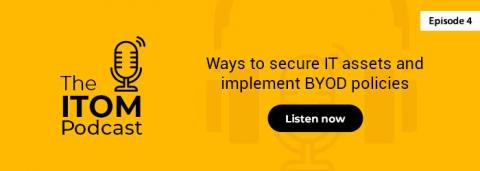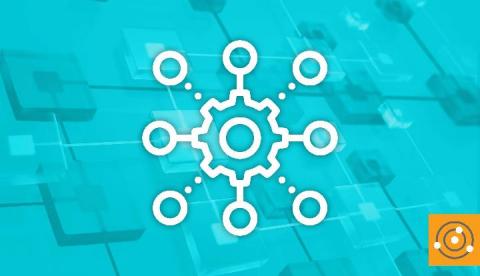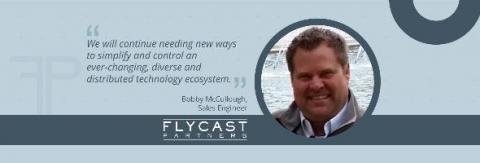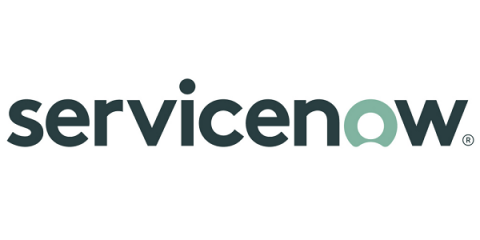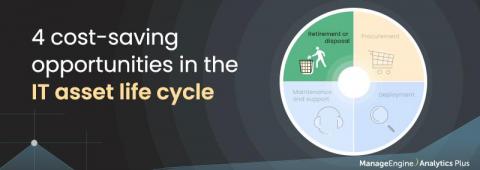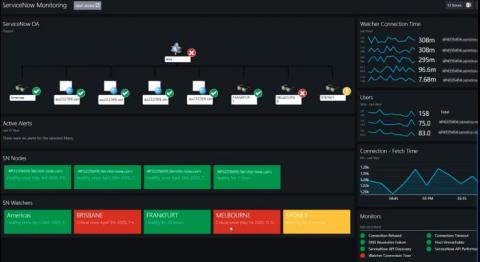Wait, Is Anyone QA'ing Your Software After You Release It? If Not, You Might Need a Service Owner.
Every software organization has long balanced the interlock between software developers and software quality assurance testers. While developers aim to build software to business requirements, it’s the QA team’s job to verify that they actually did.




